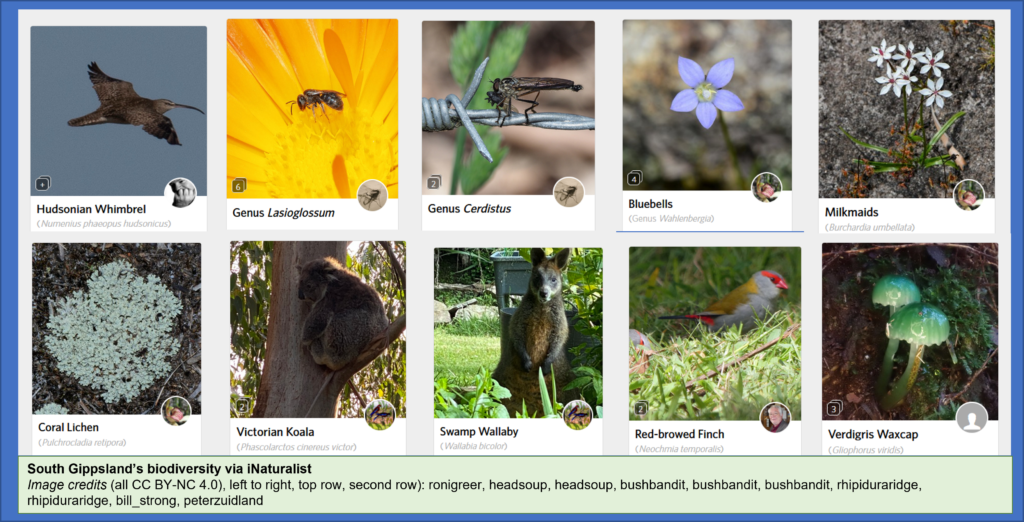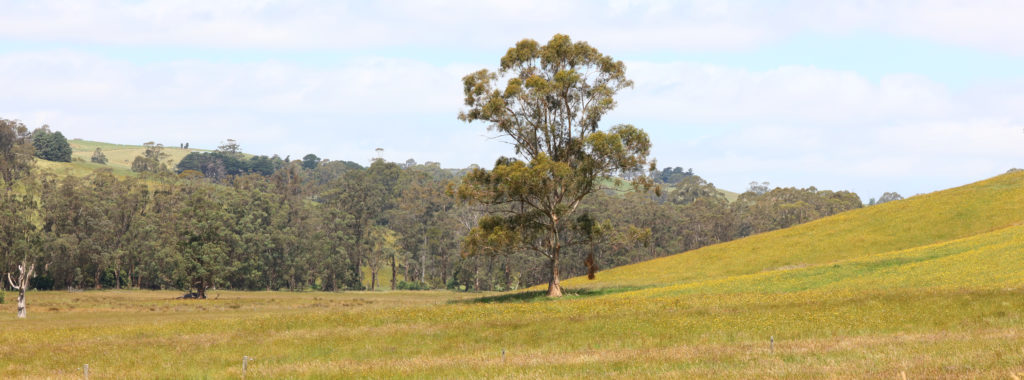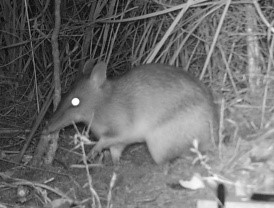You may be aware of the imminent threat of Avian Flu (HPAI) strain H5N1 (clade 2.3.4.4 b) which has been decimating wildlife overseas. The Invasive Species Council has produced an important webinar that addresses the risks and what we can do right now in preparation for its arrival in Australia.
The webinar features:Dr Michelle Wille from the University of Melbourne explains what H5N1 avian influenza is and how it is different to other strains of bird flu, the impacts of H5N1 on wildlife globally, how H5N1 is spreading, and the potential major impacts for Australian wildlife,Dr Fiona Fraser from the Australian Government provides an overview of how the nation is preparing and the response plans for native wildlife beyond surveillance,Dr Simone Vitali from Wildlife Health Australia show us what everyone should be looking out for, how to respond and report any sightings.
Please view it here: Insights from our bird flu webinar | Biodiversity Council Australia or below.
Please note, at 33min into the video there are instructions on what to do if you come across a case of HPAI. One important thing to know is that the High Pathogenicity Avian Influenza or ‘bird flu’ (HPAI-H5N1) is a different strain to the bird flu (HPAI – H7) outbreaks currently being managed in Victoria and other states.
Australia is the only continent currently free of HPAI – H5N1. However, expectations are that HPAI – H5N1 will arrive in spring (Aug-Nov 2024) with the return of migratory birds such as the short-tailed shearwater.
Webinar: Preparing for bird flu impacts on Australian wildlife


